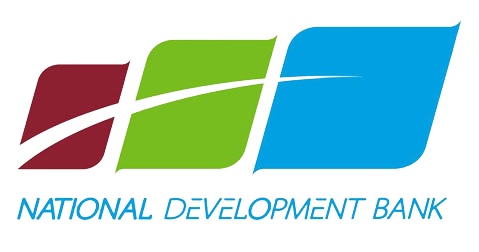

- #DRUPAL DEVELOPMENT HOW TO#
- #DRUPAL DEVELOPMENT INSTALL#
- #DRUPAL DEVELOPMENT UPDATE#
- #DRUPAL DEVELOPMENT CODE#
It may be that the default folder does not appear in this directory.
 Remove the default folder from your-site/docroot/sites/. Ensure that you are at the top level of your site-name directory before running the following command:.
Remove the default folder from your-site/docroot/sites/. Ensure that you are at the top level of your site-name directory before running the following command:. #DRUPAL DEVELOPMENT CODE#
Build the platform code using the dependency manager for PHP, called composer, within the your-site directory. Ensure that you have uploaded your public SSH key to (you can upload keys at ) before running the following command:. 
Authorize ddev to utilize your SSH key pair.Ensure that Docker has finished starting and is ready before running the following command:.
#DRUPAL DEVELOPMENT UPDATE#
Note: Re-run this command any time you update ddev, then run ddev restart. Until then, this will be initialized as a generic PHP project.  Later in this guide, you will reconfigure ddev to be a Drupal 9 project. Hit the Enter or Return key if prompted for a Project Name. Within the newly-created your-site repository folder, configure ddev as a PHP project-type. Determine which branch of the platform code you want to work within ( 9.x-prod or 9.x-dev). Change directories into your newly created site folder:. Git clone :drupalplatform/d8-composer.git your-site Choose an appropriate site name to replace the your-site text in the command below:. Each site will need to have a unique name, though. Note: It can be useful to keep all of your ddev projects in the same parent folder if you have multiple sites to create locally, though this is not required. Note: Docker must be launched and running in order for ddev to start properly in the next section.
Later in this guide, you will reconfigure ddev to be a Drupal 9 project. Hit the Enter or Return key if prompted for a Project Name. Within the newly-created your-site repository folder, configure ddev as a PHP project-type. Determine which branch of the platform code you want to work within ( 9.x-prod or 9.x-dev). Change directories into your newly created site folder:. Git clone :drupalplatform/d8-composer.git your-site Choose an appropriate site name to replace the your-site text in the command below:. Each site will need to have a unique name, though. Note: It can be useful to keep all of your ddev projects in the same parent folder if you have multiple sites to create locally, though this is not required. Note: Docker must be launched and running in order for ddev to start properly in the next section. #DRUPAL DEVELOPMENT INSTALL#
Prior to setting up your Drupal site, install the following using the documentation provided by the ddev community: Refer to the ddev system requirements for specific minimum version requirements before proceeding with this guide. Support options for ddev questions can be found at. If you are not familiar with git or using a command line interface, you can learn more in this Git Tutorial from GitKraken. The ddev tool requires usage of the command line and git commands. Requirements Git, GitHub, and Command Line Familiarity
Modules not included in the Platform-Provided Modules. Folwell theme based on University Relation's Folwell Design System. Platform-Provided components listed in the composer repository. Use the Stage File Proxy Module, as noted in the steps below. Note: It is not recommended to manually place files in your local dev site. #DRUPAL DEVELOPMENT HOW TO#
How to get a copy of existing site database: Self-Service downloads via Drupal Management. Site content, various preferences, people/accounts, permissions, etc. If you do not have an existing Drupal 9 site, this guide will help you get started with a new database using the OIT Drupal Platform code. There are three general components to Drupal 9 sites (Database, Files/Assets, and Code), however, this guide only requires access to your site's code repository and (if you have an existing site) a copy of your existing site Database. This guide provides a starting point for setting up your site locally with an existing installation of ddev on your macOS, Linux, or Windows device. Should your specific computer's configuration prevent you from following this guide, consider attending an in-person Drupal Lab or submitting a Drupal support request. For others, it is crucial to their efficiency in development and maintenance of Drupal sites. The OIT Drupal development and engineering team recommends using the open source tool ddev ("dee-dev"), a flexible and powerful tool that utilizes Docker (a containerization/virtualization platform). For some Drupal developers at UMN, no local development environment is necessary to work on their site.








 0 kommentar(er)
0 kommentar(er)
